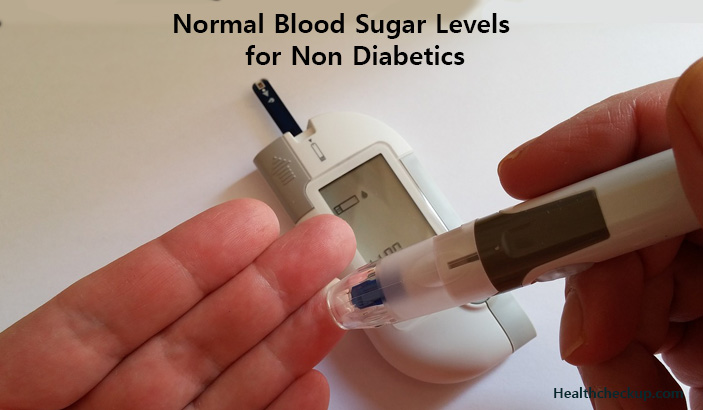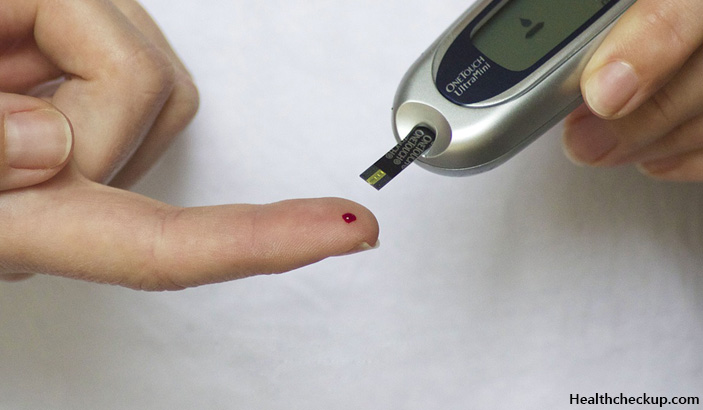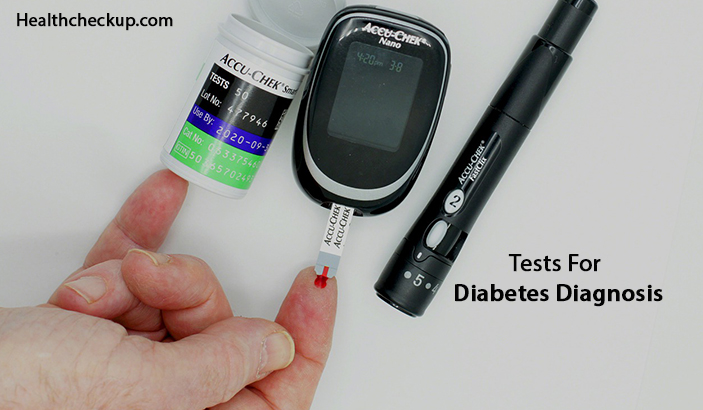Diabetes, often referred to as ‘Diabetes Mellitus,’has become a worldwide epidemic, and for people predisposed to diabetes, it is very important to maintain normal blood sugar levels for non-diabetic individuals that are recommended by doctors.The main culprits for the increase in the prevalence of the disease are considered to be population growth, the increase in the proportion of people aged above 65 across global population, urbanization, the rise in obesity among people, and lifestyles that suppress physical activity among the urban populace.
Since diabetes is largely a lifestyle-dependent disease, and long-standing diabetes may lead to several complications such as blindness, kidney failure, circulatory disorders and heart disease, the onus is on people to take steps to prevent the disease or to follow proper medical advice and make lifestyle changes if they’ve already been diagnosed with diabetes, and do not want the disease to progress.
Types of Diabetes and their Major Causes
Diabetes is mainly of 3 types, type 1, type 2, and gestational diabetes, and with all 3 types of diabetes, the body is either not able to produce enough insulin or unable to use the insulin that it makes, leading to high blood sugar levels.
Type 1 Diabetes usually starts in childhood and carries on for life. Type 1 Diabetes occurs when the patient’s pancreas stops making insulin. The causes of Type 1 Diabetes are:
- Family History and Genetics: A person having a close relative with Type 1 Diabetes usually has a high chance of getting the condition himself. So, it is imperative for every child with a parent or a sibling having Type 1 Diabetes to undergo a screening test for Type 1 Diabetes.
- Pancreatic Diseases: Persons with diseased pancreas may acquire Type 1 Diabetes because the pancreas may fail to produce insulin needed to maintain normal blood sugar levels.
- Infections or Illnesses that Cause Damage to the Pancreas: Viral infections such as German measles, mumps, and rotavirus may cause damage to the beta cells of the pancreas which produce insulin and lead to the development of Type 1 Diabetes.
Type 2 Diabetes occurs when the body develops insulin resistance and is not able to make use of the insulin produced by the pancreas, leading to uncontrolled blood sugar levels. Type 2 Diabetes usually affects adults, but it can occur in individuals of any age. The main causes of Type 2 Diabetes include:
- Obesity: Obesity is one of the major causes for Type 2 Diabetes, and since obesity is on the rise among children and teenagers, many of them are diagnosed with Type 2 Diabetes at a very young age.
- Impaired Glucose Tolerance: This leads to prediabetes where blood sugar levels are on the higher side, but not very high to be categorized as diabetes. Persons with prediabetes are almost always sure to develop Type 2 Diabetes at some point in their life if they do not take the necessary precautions.
- Gestational Diabetes: Gestational diabetes is diabetes that occurs in women during pregnancy. Women who have suffered from gestational diabetes have great chances of developing Type 2 Diabetes later in life.

- Sedentary Lifestyle: Type 2 Diabetes is largely a lifestyle-based disease, and a sedentary lifestyle predisposes individuals of all ages to develop the disease.
- Family History: Like Type 1 Diabetes, Type 2 Diabetes may occur in individuals with a family history of the condition, but these individuals can prevent its occurrence by maintaining a healthy lifestyle and keeping a watch on their diet.
- Age: An individual aged 45 or higher should get undergo yearly screening for Diabetes, and especially if he or she is overweight.
Gestational diabetes, as mentioned earlier, occurs in women who are pregnant, and this is caused by hormones produced by the placenta during pregnancy or due to the inability of the pancreas to produce sufficient insulin to keep blood sugar levels in check.
Tests for Blood Sugar Levels and Normal Blood Sugar Levels for Non-diabetics
If you are non-diabetic but are predisposed to diabetes due to the various causes mentioned above, it is very important to keep a regular check on your blood sugar levels and know the normal blood sugar levels for non-diabetics. There are specific ranges that doctors use to determine if a patient is healthy or at a risk of developing diabetes. Some of the common tests done to determine blood sugar levels are as follows:
Fasting Blood Glucose
This test measures the amount of glucose in a person’s blood after he has fasted for at least 8 hours, without consuming any food or beverages except water.
- Normal fasting blood glucose level for a non-diabetic person should be around 70-99 mg/dL
Postprandial Blood Glucose
This test is carried out to check the blood glucose levels after 1 to 2 hours after a meal and gives the idea of how well your body reacts to the food you eat.
- Normal postprandial reading for a non-diabetic should be less than 140mg/dL
The HbA1c Test
This test does not directly measure the level of blood glucose, but the test results are influenced by how high or low your blood glucose levels have been inclined to be over a period of 2 to 3 months.
- Non-diabetic person’s HbA1c results are considered to be less than 6%
How to Reduce Blood Sugar Levels and keep them Normal?
Maintaining normal blood sugar levels is key to preventing diabetes and the complications associated with it. Here’s how you can keep your blood sugar levels under check and keep diabetes at bay:
Lose Excess Body Fat:
If you’re overweight and especially have a belly, losing even a few pounds will go a long way in helping you stabilize your blood sugar levels more effectively.
Follow a Healthy Diet:
Limiting the intake of foods that cause blood sugars to spike easily will help in achieving a better control over your blood sugar levels. Doctors and dieticians recommend cutting down carbohydrates and increasing the intake of lean protein, fruits, and vegetables. Adding fiber-rich foods to your diet will also help stabilize your blood sugar levels.
Make Exercise an Important part of your Daily Routine:
Following a regular exercise program will help keep your blood sugar levels stable. Exercising for an hour at least 3 days a week is recommended to help maintain normal sugar levels. So, including exercise in your daily life will not only reduce your chances of getting diabetes but also help in maintaining a healthy mind and body.
Drink Wisely:
Alcohol causes a quick rise in blood sugar levels and then a sudden drop a few hours later. So, you should stick to moderate levels of alcohol and be sure to have some solid food along with your drinks.
Why is it Important to Maintain Good Blood Sugar Levels?
In the human body, the average blood sugar rises gradually, and if it rises to higher than normal levels it causes damage throughout the body. A severe spike in blood sugar levels can cause short-term but critical problems like hyperglycemia or diabetic ketoacidosis.
The persistence of uncontrolled blood sugar levels over a long period of time can cause severe, and sometimes, irreversible damage to important organs of the body, including the heart, the kidneys, eyes and the nerves. Diabetes is a deceptive disease and may not show any symptoms for a long time before it is actually diagnosed. Therefore, knowing the normal blood sugar levels for non-diabetic individuals, especially those at risk of diabetes and keeping a regular check on blood sugar levels is very important. Because, sometimes unchecked blood sugar levels may cause heart attacks, strokes, kidney failure and even blindness without any forewarning.
Medically Reviewed By

I am an experienced Medical/Scientific writer with a passion for helping people live a happy healthy life. My thirst for writing has followed me throughout the years – it is there when I wake up, lingering at the edges of my consciousness during the day, and teases me at night as I go to sleep.











